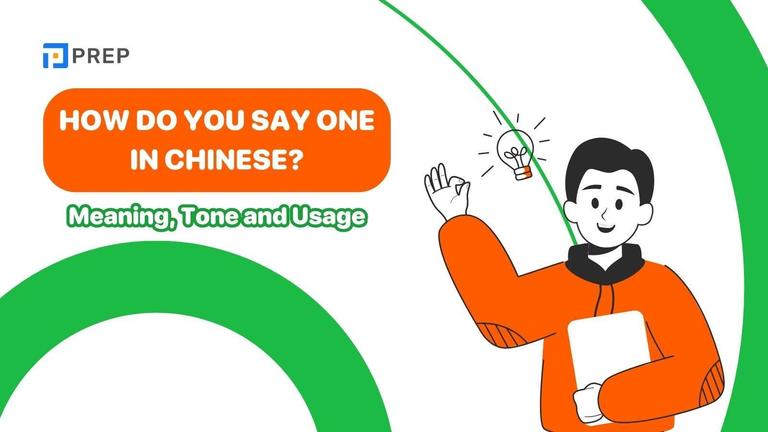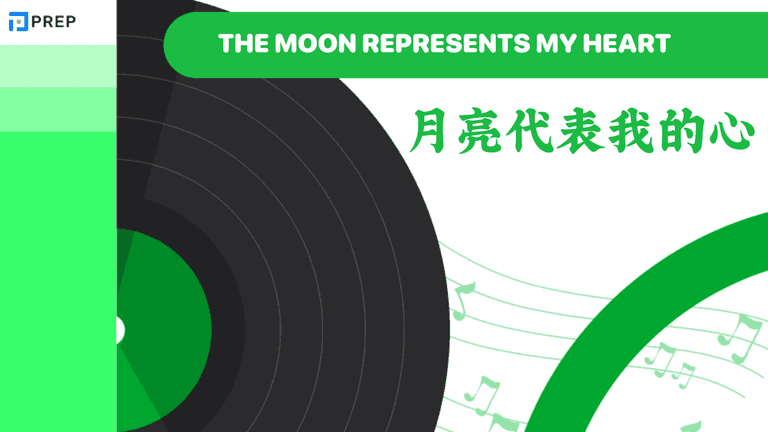The Comprehensive Guide to the Past Tense of Talk
This comprehensive guide explains the formation, usage, and pronunciation of the past tense of talk. The article systematically covers how "talked" functions as both the simple past tense and past participle, details proper pronunciation (/tɔːkt/), identifies common errors, and provides practical examples with exercises. The content moves from basic definitions to advanced applications, including perfect tenses and passive constructions, while addressing common questions and misconceptions. It serves as both a specific reference for the verb "talk" and a template for understanding regular verb patterns in English, positioning this knowledge as foundational for language mastery.

I. Understanding the Past Tense of Talk
The past tense of talk is "talked." This form serves as both the simple past tense and the past participle in all contexts. "Talk" belongs to the category of regular verbs in English that follow predictable patterns when transformed into the past tense of talk. For regular verbs like "talk," we simply add "-ed" to create the past form of talk.
This guide will help you master the past tense of talk through clear explanations, practical examples, and targeted exercises to elevate your English proficiency.
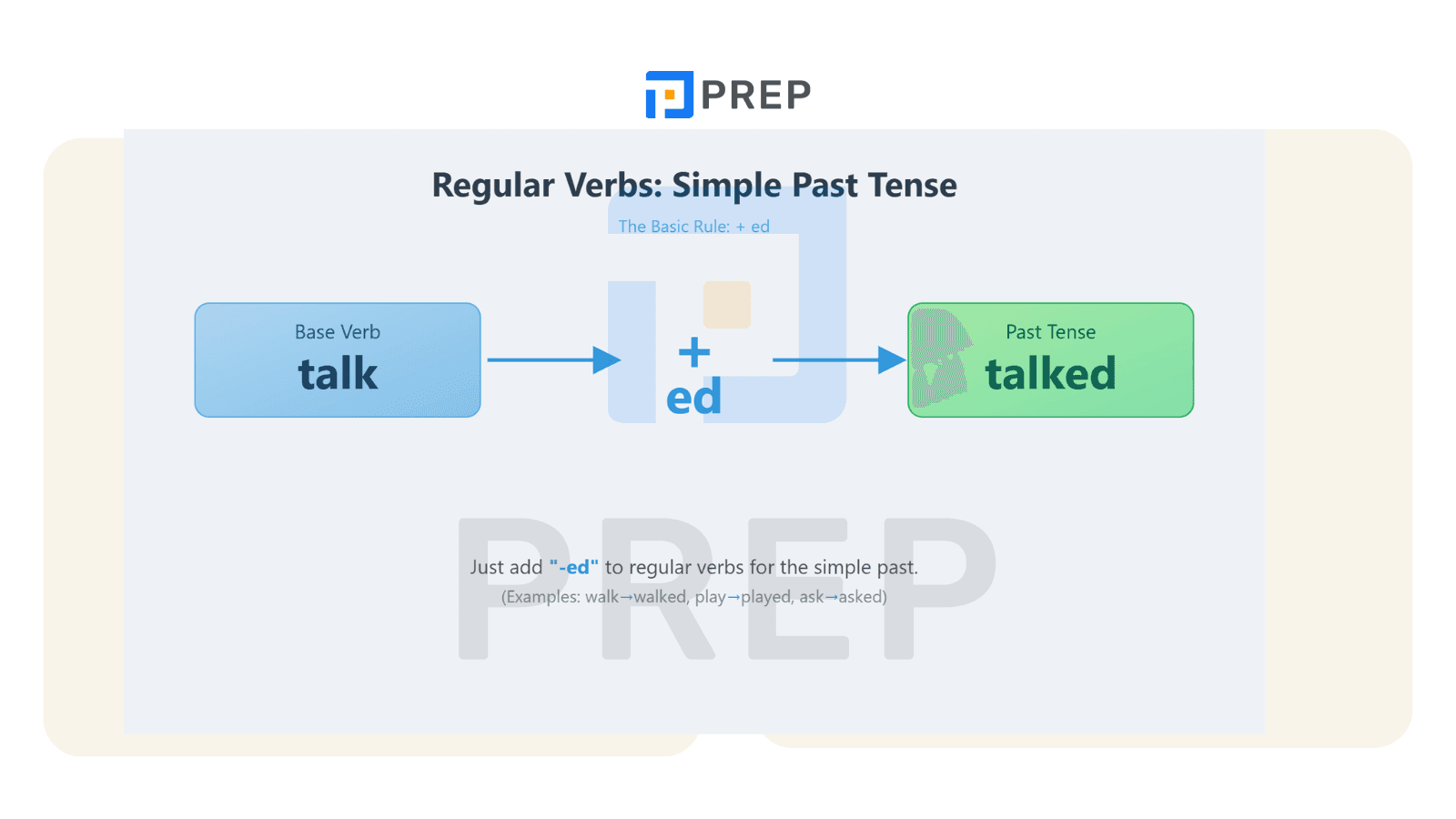
II. The Simple Past Tense of Talk
1. Core Functions of the Past Tense of Talk
The past simple of talk primarily serves two critical functions in English communication:
-
Describing Completed Past Actions
The past tense of talk describes actions that began and ended at specific points in past time. It presents these actions as completed, with no ongoing relevance to the present. -
Recounting Past Events and States
"Talked" helps narrate past events or describe states that existed previously. For example: "They talked about their childhood experiences during the reunion." Here, the past tense of talk places the discussion firmly in the past, creating a clear chronological framework.
2. Practical Examples of the Past Tense of Talk
-
James talked to his professor after the lecture yesterday.
-
We talked about the economic implications during the board meeting.
-
She talked quietly so as not to disturb the baby.
-
Did you talk to the accountant about the tax return?
-
They didn't talk much during the long drive home.
III. The Past Participle Form of Talk
The talk past participle is also "talked," which serves a dual function in English. This dual role allows "talked" to appear in multiple grammatical constructions beyond the simple past.
1. Usage in Perfect Tenses
In perfect tenses, the past tense of talk combines with auxiliary verbs "have" or "had" to express completed actions with current relevance or actions that occurred before another past event.
Example: I have talked to him several times this week about the project timeline.
This perfect tense construction indicates completed conversations with relevance to the present moment.
2. Usage in Passive Voice
Talk past tense and past participle also appear in passive voice constructions, shifting focus to the recipient or subject of the talking rather than the speaker.
Example: The new policy was talked about extensively during the board meeting.
This passive construction emphasizes the topic of discussion rather than who did the discussing.
IV. Pronunciation of the Past Tense of Talk
1. The Rule for Verbs Ending in /k/
Verbs ending with the unvoiced consonant /k/ (like "talk") follow a specific pronunciation pattern when forming the past tense of talk. When adding "-ed," this ending is pronounced as /t/ rather than /id/ or /d/, following a phonological rule based on the final sound of the base verb.
2. How "Talked" Sounds (/tɔːkt/)
The correct pronunciation of the past tense of talk sounds like "tawkt" (phonetically /tɔːkt/). The "-ed" ending produces a crisp /t/ sound rather than a separate syllable.
Similar regular verbs following this pattern include "walked" (/wɔːkt/), "looked" (/lʊkt/), and "baked" (/beɪkt/). All share the characteristic final /t/ sound rather than a syllabic "-ed."
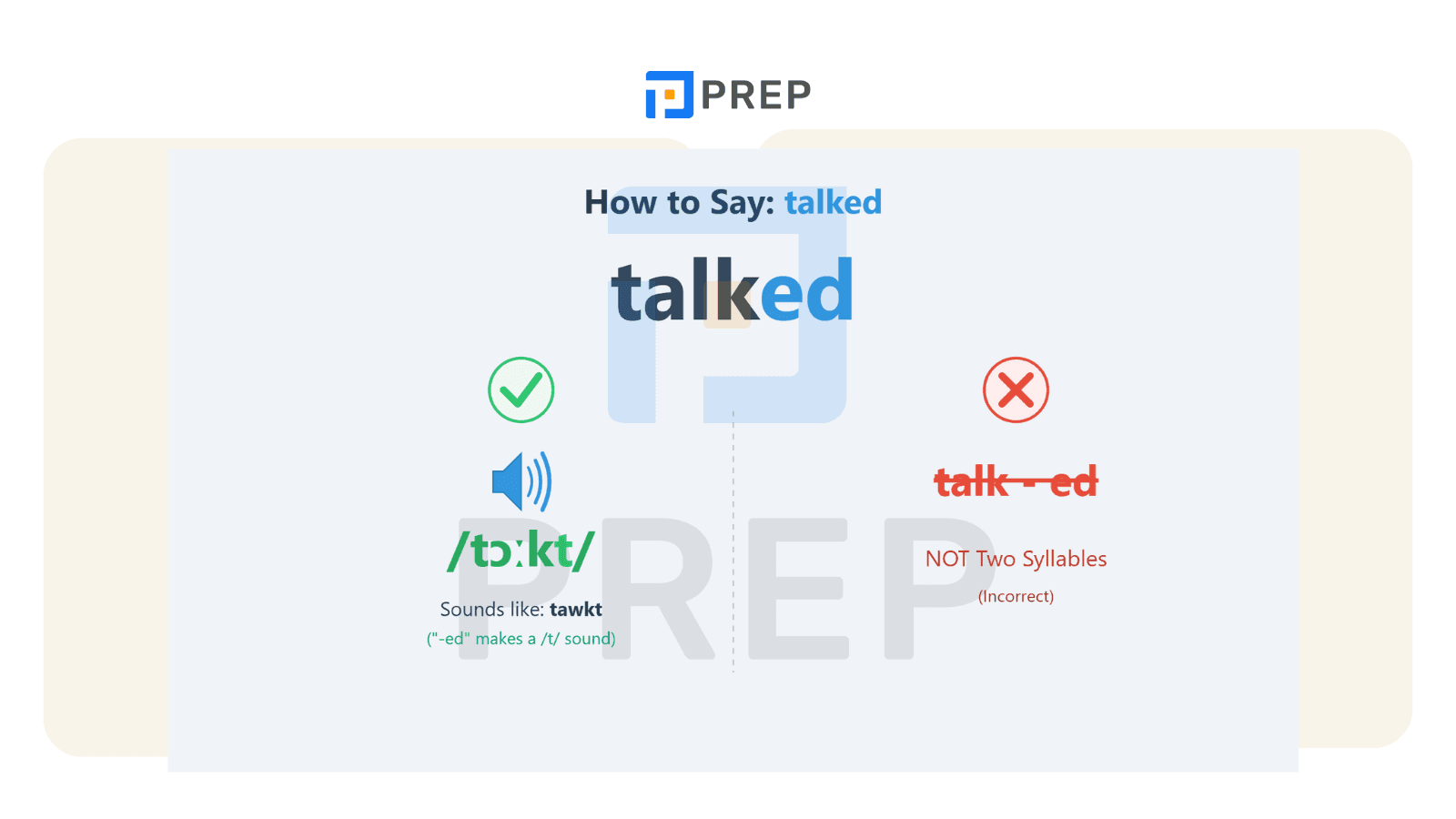
V. Common Mistakes with the Past Tense of Talk
1. Forgetting the "-ed" in Past Contexts
Some learners mistakenly use the base form "talk" when the past tense of talk is required.
❌ Incorrect: "Yesterday, I talk to my manager about the promotion."
✅ Correct: "Yesterday, I talked to my manager about the promotion."
2. Using "did talked" (Auxiliary Verb Misuse)
Another common error involves using the past form of talk with the auxiliary "did" in questions or negatives.
❌ Incorrect: "Did you talked to the doctor about your symptoms?"
✅ Correct: "Did you talk to the doctor about your symptoms?"
When using the auxiliary verb "did," the main verb must remain in its base form since "did" already carries the past tense marker. The past tense is marked once in the sentence, not twice.
3. Confusing Past Tense and Past Participle Roles
Some learners struggle with differentiating when to use simple past versus perfect constructions with the past tense of talk.
❌ Incorrect: "I talked to him already when he called again." (When the relationship between two past actions needs emphasis)
✅ Correct: "I had already talked to him when he called again." (Shows the sequence clearly)
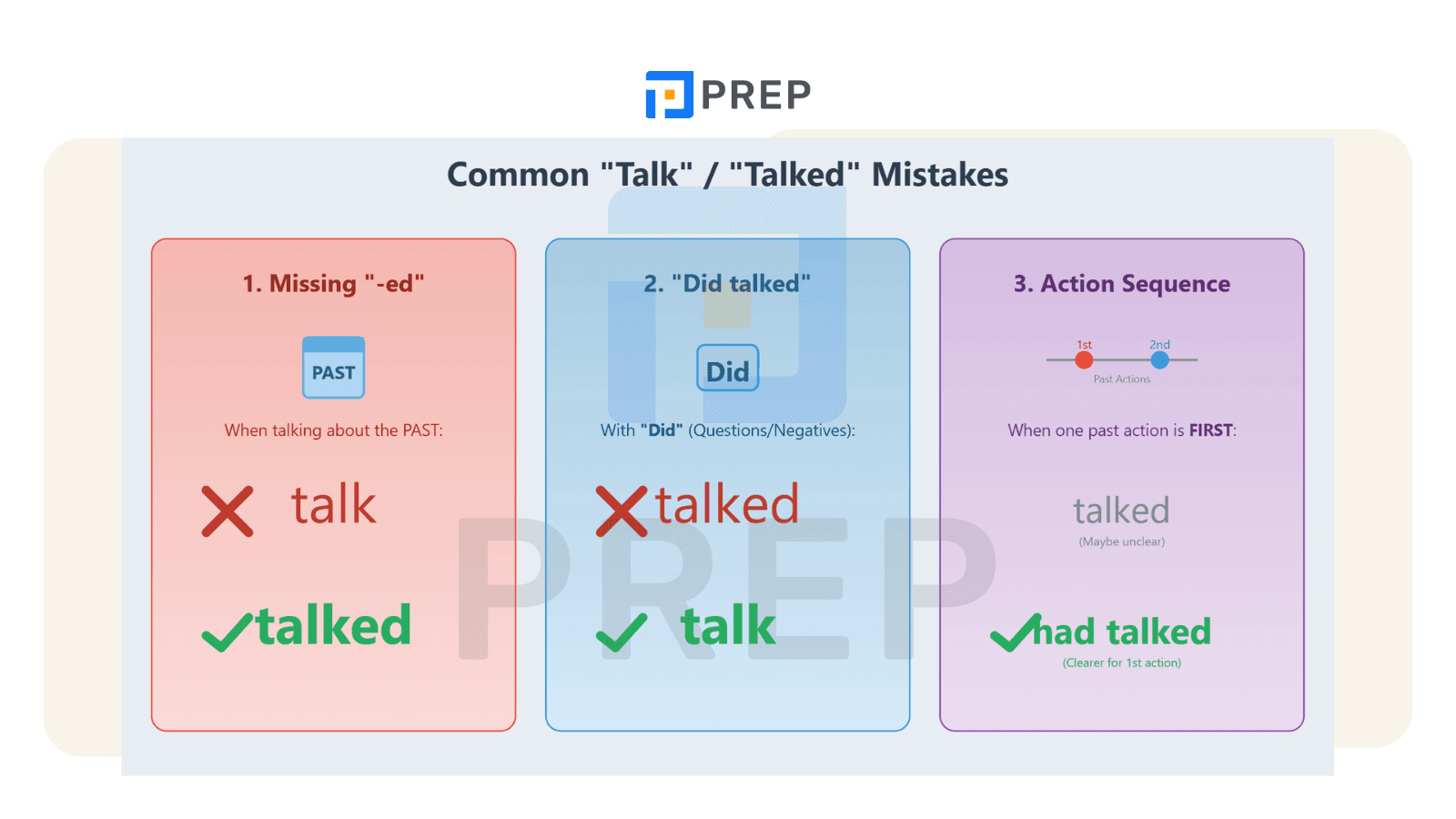
VI. Common questions about the Past Tense of Talk
1. What defines a 'regular verb' beyond just adding "-ed"?
Regular verbs maintain a predictable pattern for past tense formation, but this pattern includes several variations based on spelling rules:
-
Verbs ending in -e simply add -d (like "live" → "lived")
-
Verbs ending in consonant + y change the y to i before adding -ed (like "study" → "studied")
-
Verbs ending in a consonant-vowel-consonant pattern sometimes double the final consonant (like "stop" → "stopped")
Despite these spelling variations, all follow systematic rules without the unpredictable changes seen in irregular verbs.
2. What other common English verbs have past tense endings that sound like /t/?
Many verbs ending in unvoiced consonants (/p/, /k/, /f/, /s/, /ʃ/, /tʃ/, /θ/) follow this pronunciation pattern. Examples include:
-
Ask → asked (/ɑːskt/)
-
Help → helped (/helpt/)
-
Laugh → laughed (/lɑːft/)
-
Push → pushed (/pʊʃt/)
-
Watch → watched (/wɒtʃt/)
-
Hope → hoped (/həʊpt/)
This phonological rule applies consistently across English and represents one of three possible pronunciations of the "-ed" ending.
3. Is the past participle form ('talked') always dependent on helping verbs?
Yes, in standard grammatical constructions, the talk past participle requires auxiliary verbs to form complete tenses. It cannot stand alone as the main verb of a clause without helpers like "have," "has," "had," or forms of "be." This dependency distinguishes its role from the simple past tense, which functions independently as a main verb.
4. When should I choose "talked" versus "spoke" or "said"?
While these verbs can sometimes be interchangeable, subtle differences exist:
-
Use the past tense of talk when emphasizing the interaction itself
-
Choose "spoke" when highlighting the act of delivering information (especially formally)
-
Use "said" when reporting specific content of communication
VII. Exercises for the Past Tense of Talk
Mastering the past tense of talk requires practice and application. The following exercises will help you internalize the rules and avoid common pitfalls.
Exercise 1: Fill in the Blanks
Complete each sentence with either "talked" or "talk," depending on what the grammar requires:
-
Last week, they ________ about their plans for the IELTS preparation course.
-
Did you ________ to the instructor about the speaking practice sessions?
-
She ________ to her study partner for hours before the HSK exam.
Exercise 2: Sentence Transformation
Transform these affirmative sentences into their negative and interrogative forms:
-
They talked about the grammar rules during the class.
-
Negative: ________________________________________
-
Interrogative: ____________________________________
-
-
The presenter talked about advanced communication strategies.
-
Negative: ________________________________________
-
Interrogative: ____________________________________
-
Exercise Answers:
Exercise 1:
-
talked
-
talk
-
talked
Exercise 2:
-
Negative: They didn't talk about the grammar rules during the class.
Interrogative: Did they talk about the grammar rules during the class? -
Negative: The presenter didn't talk about advanced communication strategies.
Interrogative: Did the presenter talk about advanced communication strategies?
Understanding the past tense of talk represents more than learning a single verb form—it establishes a template for hundreds of regular English verbs. This knowledge serves as a cornerstone for building more complex grammatical structures and expressing increasingly nuanced temporal relationships.
By mastering the past tense of talk, you create a solid foundation for achieving your broader language learning objectives, whether that's success on standardized tests like IELTS and TOEIC or confident real-world communication in academic and professional settings.

Hi I'm Chloe, and I am currently serving as an Product Content Administrator at Prep Education. With over five years of experience in independent online IELTS study and exam preparation, I am confident in my ability to support learners in achieving their highest possible scores.
Comment
Premium content
View allPersonalized roadmap
Most read




